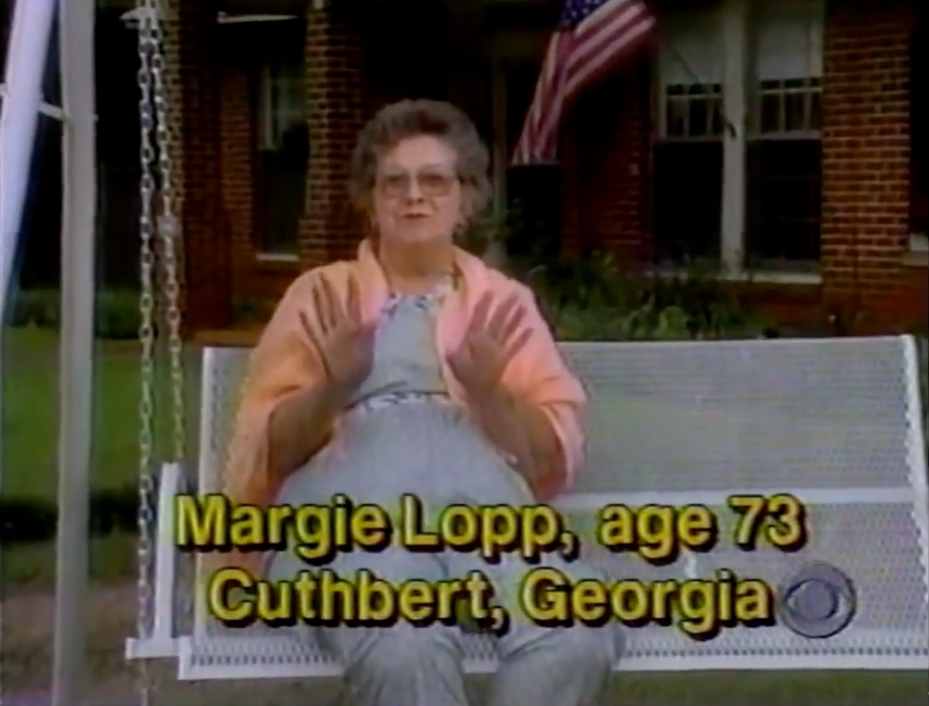Best Buy, frustrated with the speed at which its loyalty program was growing, decided on an overhaul 18 months ago.
It was a good move. Since then, enrollment in the Reward Zone program has mushroomed from more than 3 million members to 7 million plus. And as a bonus, Best Buy now has $2 million in postage savings in its pocket.
But the makeover wasn’t extreme: Much of it consisted of streamlining or clarifying pre-existing elements.
For example, the retailer added a redesigned card and letter to its welcome package. The letter explains how reward certificates ($5 off for every $150 spent) can be earned, according to John Wicka, brand services manager at IWCO Direct, the agency that reworked the program.
Also changed were the certificates themselves. Participants were able to choose between low- and high-denomination reward amounts, depending on whether they were more likely to make a series of small-dollar purchases, or one or two large ones.
This eliminated the need for consumers to fumble with dozens of small pieces of paper when they were interested in a big-ticket item.
In addition, the firm paid more attention to its most valuable participants. It augmented the dollars-off rewards offering with a series of soft benefits, including free exclusive CDs, sweepstakes, sneak previews to movies and a variety of members-only events.
Yet another change was made mid-campaign. Language was added to the welcome letter, advising members that the certificates would expire if not redeemed within a given period.
This enabled the firm to avoid carrying rewards liability for an unlimited length of time. It also drove people into Best Buy stores so they could beat the deadline. And those who failed to redeem the certificates had at least been warned.
Best Buy also made back-office changes. The certificates were subjected to more rigorous auditing, including better tracking processes. And communications with higher-value members, which previously had been hand-fulfilled with tailored offers, were automated, reducing the likelihood of mistakes.
In addition, IWCO convinced Best Buy to test direct mail commingling, reducing postage costs while maintaining the redemption windows for the time-sensitive certificates. Previously, it had sent its letters via first class mail.
And the tweaking isn’t over. The firm may scrap the $9.99 registration fee, which doesn’t even cover administration costs. (The company tested whether requiring people to pay made the program more valuable or not. Results were inconclusive.)
Personalized product recommendations are being tried as well. And Best Buy is attempting to determine if seasonal messaging boosts frequency and traffic, and the value of delivering category-specific incentives tailored to member purchases.
The most significant element of the redesign may be that it allows for scale. The company wasn’t equipped to process the number of enrollments it generated; its original one-year goal of 1 million members was broken in the first eight weeks. Now it can accommodate all the customers it can capture.
Those are only some of the program’s benefits. Another is that participants spend more money and visit more often than non-participants, and are more likely to explore a wider range of departments at a single location.
Best Buy now gets much higher satisfaction ratings in customer surveys. And it gets a higher share of wallet from Reward Zone members.
This article is based on a session at last month’s DMDNY conference in New York. Besides Wicka, it featured Mike Oberle, Best Buy’s senior manager of customer loyalty marketing, and Debora Haskel, vice president for marketing at IWCO Direct.



